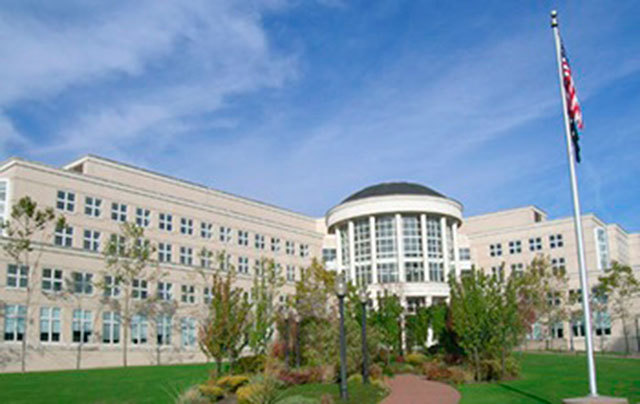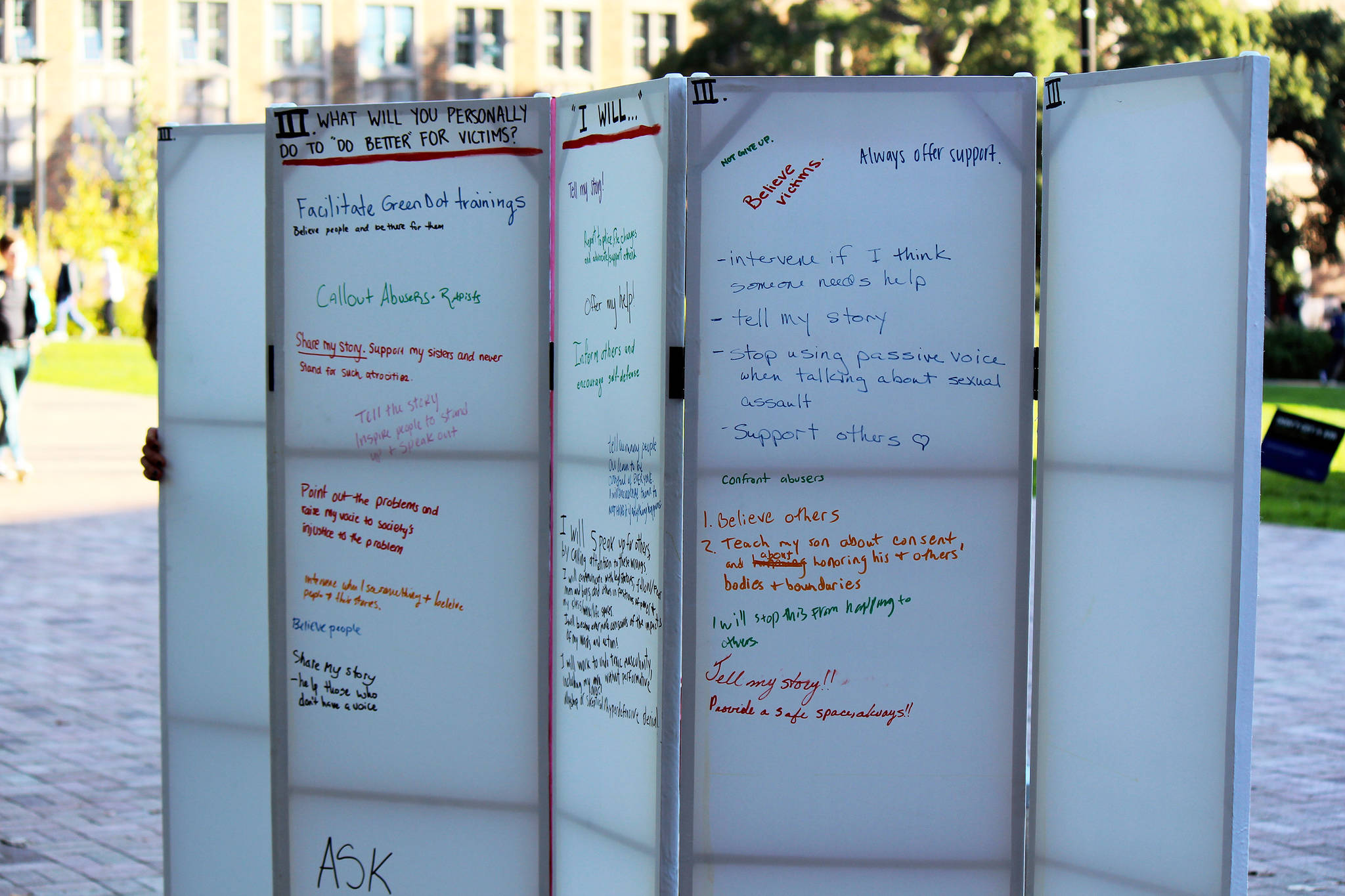Almost two years ago, a group of friends and I borrowed a small SUV and drove it some 20 laborious, terrifying, pothole-filled miles up the Middle Fork Road to the small parking lot that gives way to the trail to Goldmyer Hot Springs. It was mid-winter, so snow and ice was packed high on either side of the skinny tire tracks, and every sharp turn and tremendous thump involved a battle of wills; I still talk about that drive as among the more petrifying of my life. We arrived breathless and thankful.
There will still be four miles of that kind of thing left after this weekend, says Jon Hoekstra, executive director of Mountains to Sound Greenway Trust. Rest assured: “Goldmyer is always going to be very remote,” he says. “The Middle Fork [Valley] is big enough” that there will still be plenty of challenging opportunities left for “an intrepid few.”
But on Saturday, about three-quarters of the infamous Middle Fork Road will finally, officially be blanketed in silky-smooth pavement, completing a three-year project that is the culmination of two decades of work opening up the Middle Fork Valley to as many wilderness lovers as possible. The 110,000-acre region is a stunning swathe of forest, river, and mountain so close to Seattle that on clear days you can see it from the city. But for many years, it was an unconnected patchwork of private and public land, criss-crossed with only the scariest of forest roads. Now, it is both entirely public and poised to become, as far as Hoekstra knows, the only federally-designated Wild and Scenic River region in America with wheelchair-accessible wilderness opportunities. “That’s amazing,” Hoekstra says. “In the backyard of the fastest-growing metropolitan area in the country,” the Middle Fork Valley is now “a place where all ages and all abilities can find an outdoor experience.”
The Middle Fork Road’s grand opening celebration, taking place on Saturday in honor of National Public Lands day, will include speeches from many supporters of the project, including Hoekstra, representatives from the U.S. Forest Service and the state Department of Natural Resources, and U.S. Rep. Suzan DelBene. It will also feature tours of several new or soon-to-open trails and trailheads (the DNR is especially excited about the new Granite Creek Trailhead, with spots for 45 cars); volunteer projects including trail maintenance and native species planting; and a volunteer-appreciation party put on by REI.
It’s a big deal, Hoekstra says, in part because of all the painstaking work that has gone into this over the years from many federal, state, and county agencies, nonprofit organizations, private companies, and volunteers. “No agency, no organization, no individual can do it on their own,” he says. “That’s the subtext of this day: To celebrate the 20 years of collaboration that have gotten us to this point, and to energize ourselves for what’s probably 20 more years of collaboration.”
One big aspect of that collaboration will necessarily involve, of course, parking. Case in point: Due to insufficient parking, the event on Saturday will employ a one-time shuttle to ferry people from their cars at Twin Falls Middle School to the celebration and back.
While the Middle Fork Road’s ability to increase vehicular access to a gorgeous forest is a “good problem to have,” Hoekstra says, if there’s anything the Seattle metro region knows, it’s that if you build it—and it’s within an hour’s drive of Seattle—they will come, especially on weekends. As Katie Woolsey, natural areas manager and state lands steward for the DNR’s South Puget Sound Region, put it last year, as soon as the Middle Fork Road is open, “There won’t be enough parking, Day One.”
Hoekstra confirms this. Mountains to Sound Greenway Trust has been counting cars on the road for the past two months, before the paving was complete, and there were approximately 1,000 cars every Saturday and every Sunday. “That is more than will ultimately be built out for the parking spaces by a factor of two,” he says. Yes, people can hike in the morning and cede their spot to latecomers in the afternoon, but still: “I think it’s proving our forecast.”
At the moment, along the Middle Fork, “There are only a few hundred spots to leave a car,” adds Ben Hughey, policy and GIS Coordinator for the Trust, “but thousands of people could comfortably spread out on that land with little impact.” To that end, he and Hoekstra point to their organization’s ongoing public-private fundraising campaign to help build the kinds of new trails, trailheads, day-use areas, parking lots, and maybe even shuttles to trailheads that will likely be necessary in the coming years, lest the valley be “loved to death.”
While the Trust did not get the federal grant it applied for last year to pilot a shuttle down the Middle Fork—in part because there was not enough data to support expected usage (go figure)—the road remains a great candidate, Hoekstra says, because one shuttle can now get you to so many different spots with so many different uses. A shuttle down I-90, for instance, could get you to a trailhead, but you wouldn’t have such a diverse array of hiking and camping and fishing options once you got there.
That kind of thing is in the works. King County transportation staffers as well as the DNR’s Woolsey confirm that a shuttle to Mailbox Peak, for example, is definitely on the table.
“We don’t want, and nor can we frankly afford, to create humongous parking lots,” Hoekstra says. Yet while we can’t build “a Wal-Mart-style parking lot at every trailhead,” we do want “a Wal-Mart-size community of people to be able to enjoy those trails.”
How to make that happen? Shuttles are likely a part of it. Hoekstra even calls Saturday’s temporary shuttle service “a way to create a bit of a practice and a precedent” for future transportation in the area. But parking lots are, too. Woolsey says that the DNR’s Snoqualmie Corridor Recreation Plan does allow for more parking lots along the Middle Fork Road over the next two to four years. And other, simple fixes, like the recently-completed trails that connect the Mount Si, Little Si, and Mount Teneriffe trails to one another, help disperse people. Now, hikers can park at any of those trailheads and hike any of those peaks. Over the next couple of summers, it’s likely that a connector from those trails to a trail in North Bend will be built, too, so that, some year soon, Seattleites hoping to hike in the area won’t need a car at all.
These things take time, and they’re not easy (“the logistics of shuttles are much more difficult than you might think,” Hoekstra laughs). But Hoekstra and Woolsey both believe Seattle, with its deep love of the outdoors alongside such rapid growth, tech-mindedness, and wealth, can be the place to solve this car-wilderness puzzle. “If it can be solved, it can be solved here,” says Woolsey. “I remain very hopeful.”
Hoekstra’s advice to anyone jonesing for public transit down the Middle Fork is to take King County’s Trailhead Direct, the new shuttle to trailheads in the Issaquah Alps this fall. That will show there’s demand, and will provide proof that “these are good investments to make.” In the meantime, he advises: Carpool.
sbernard@seattleweekly.com








